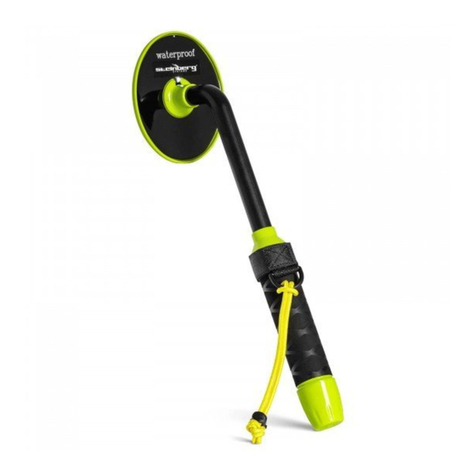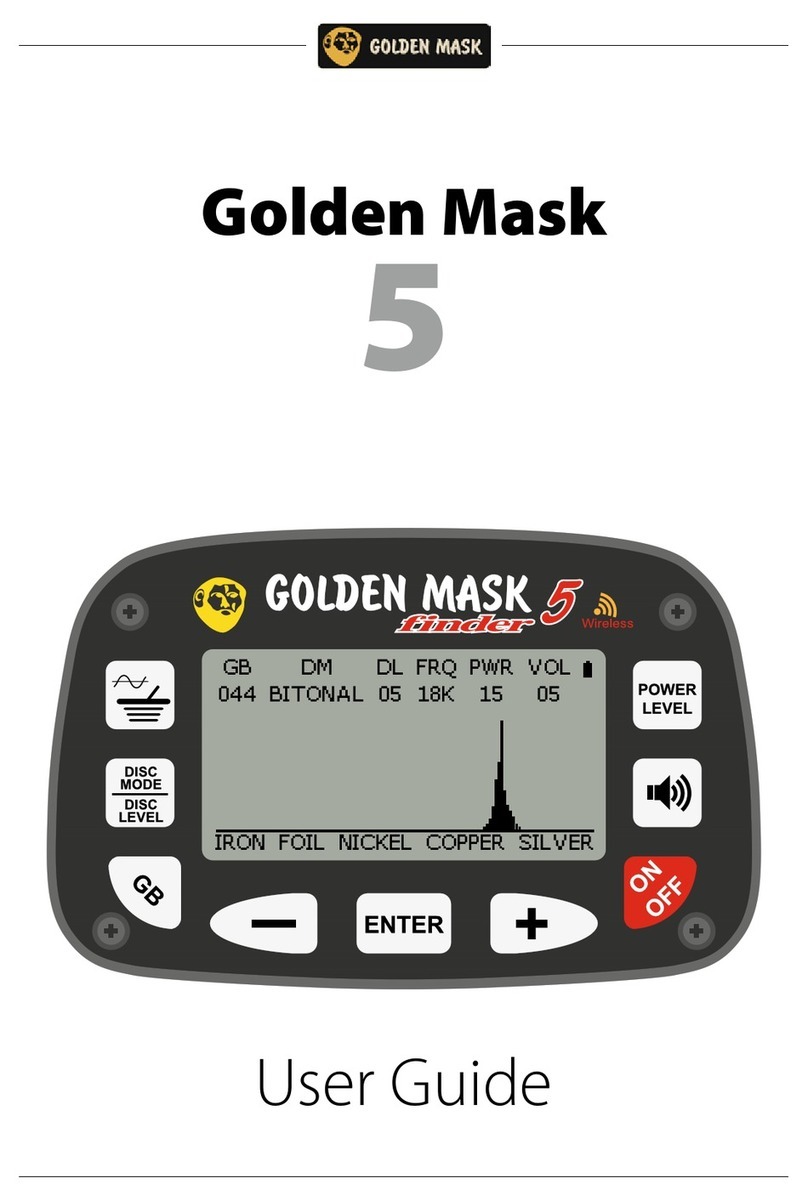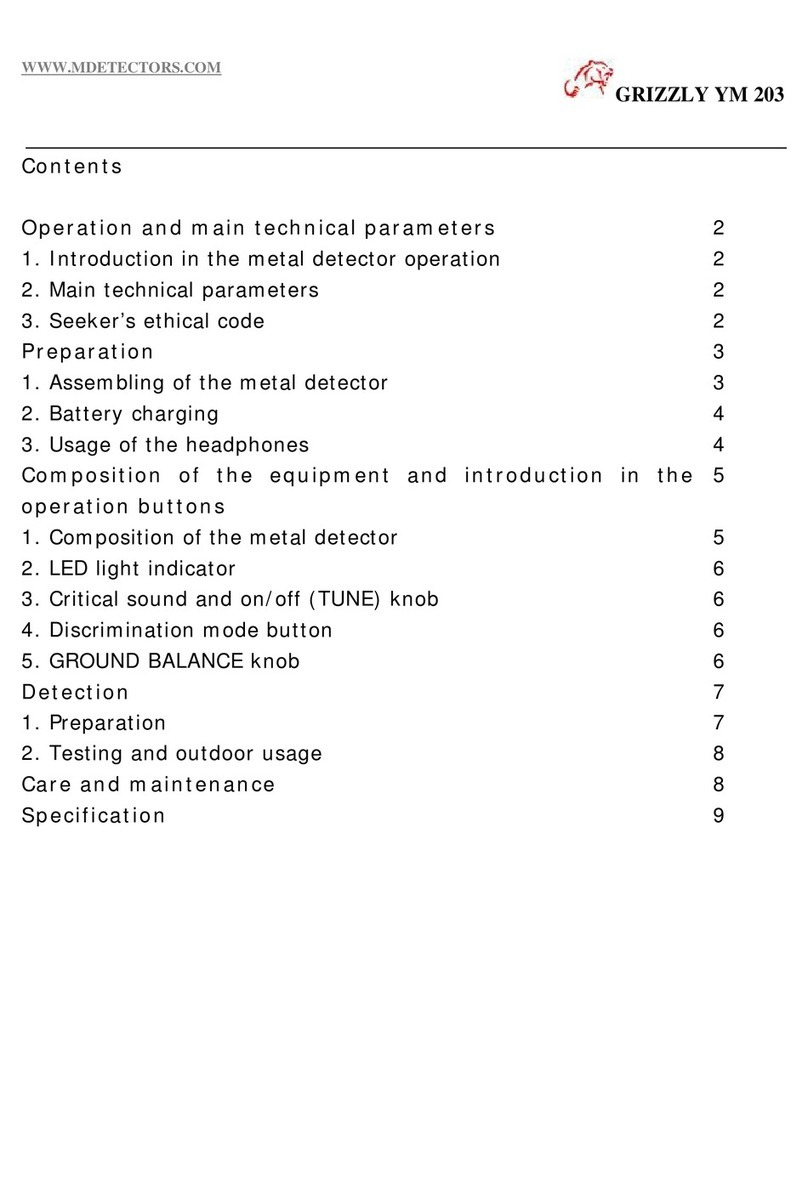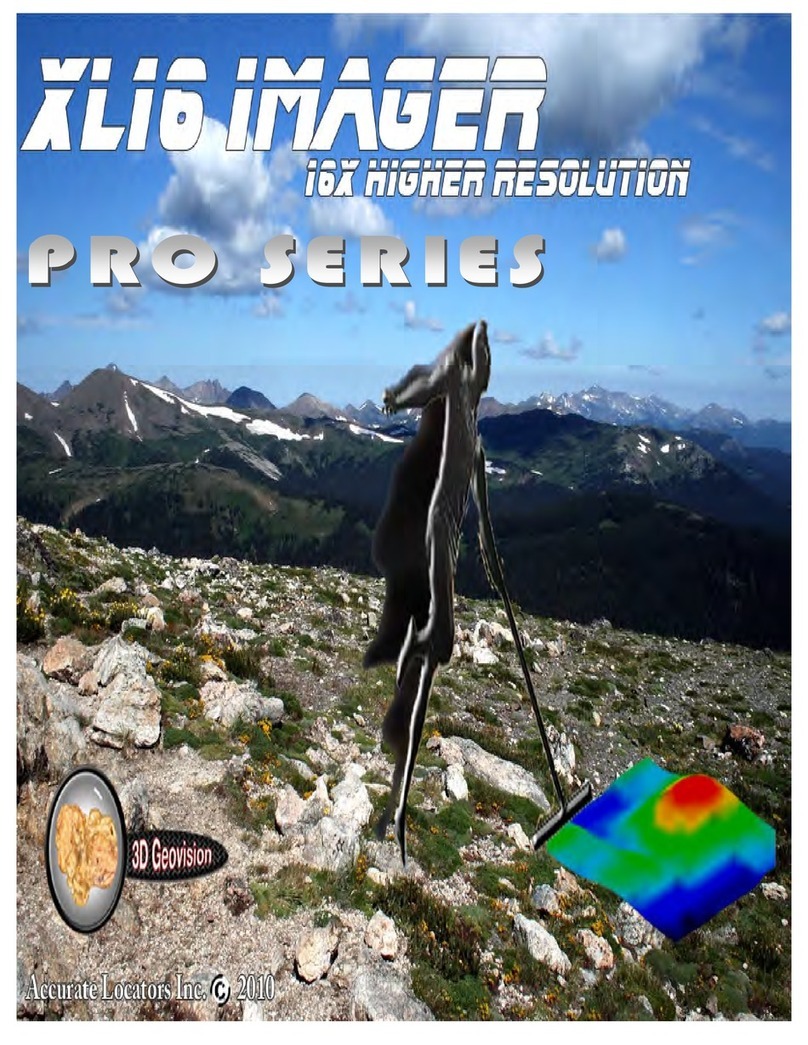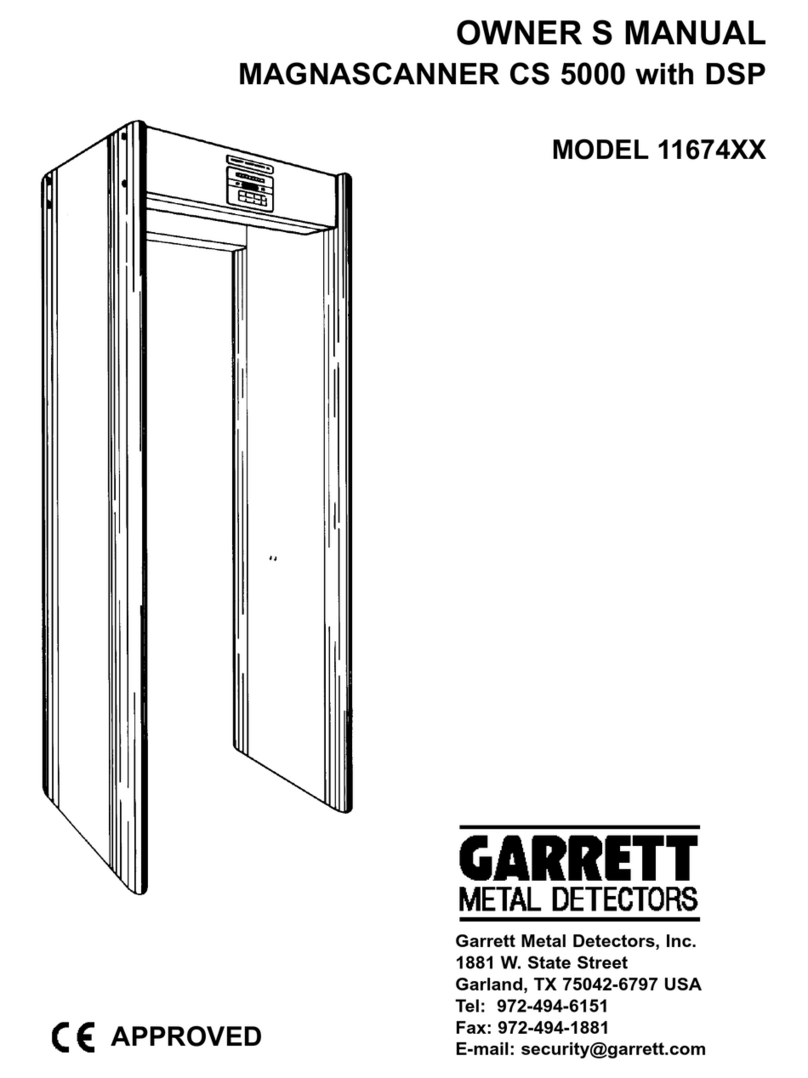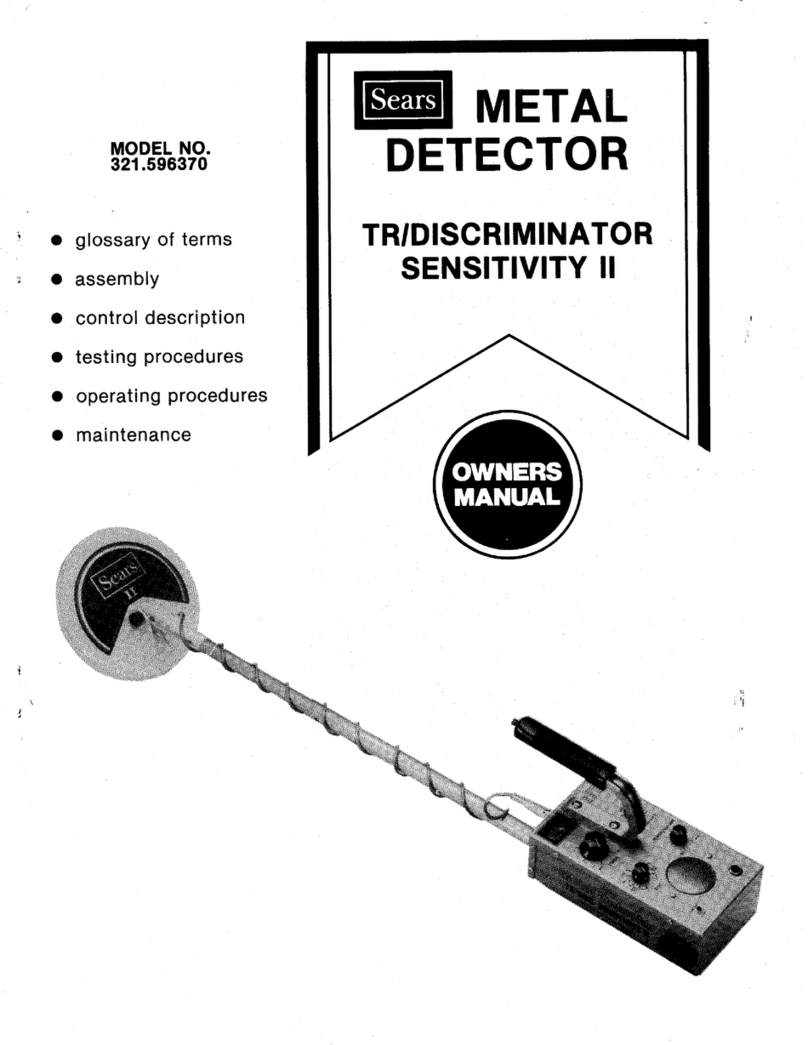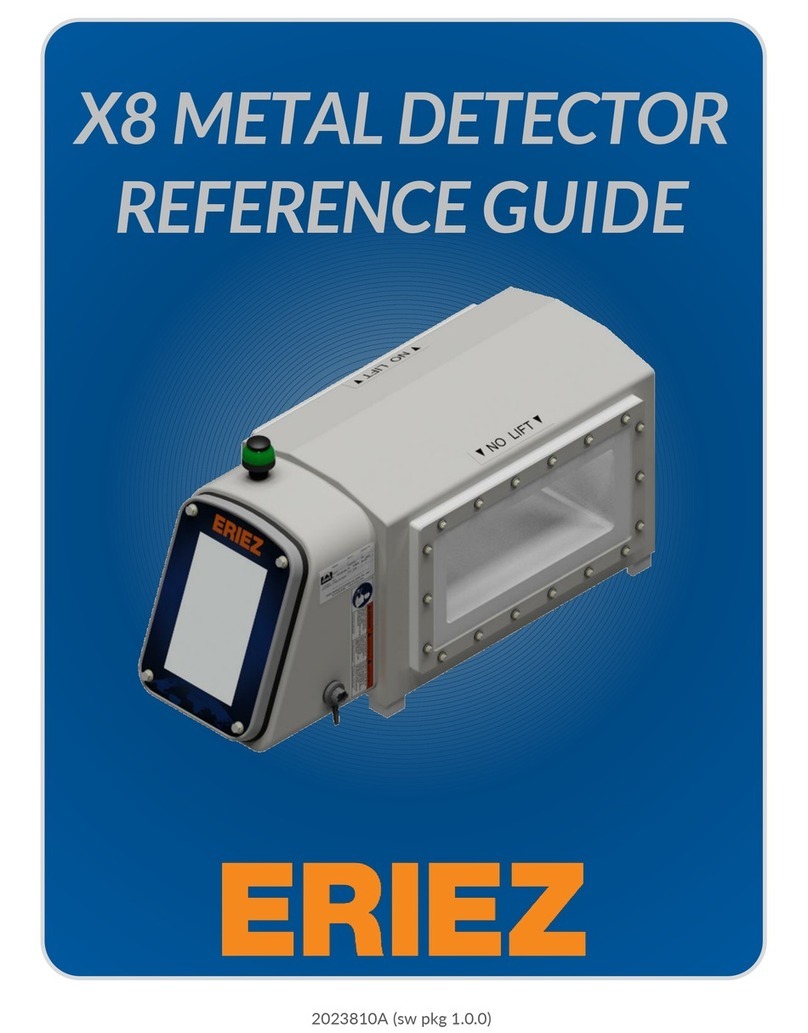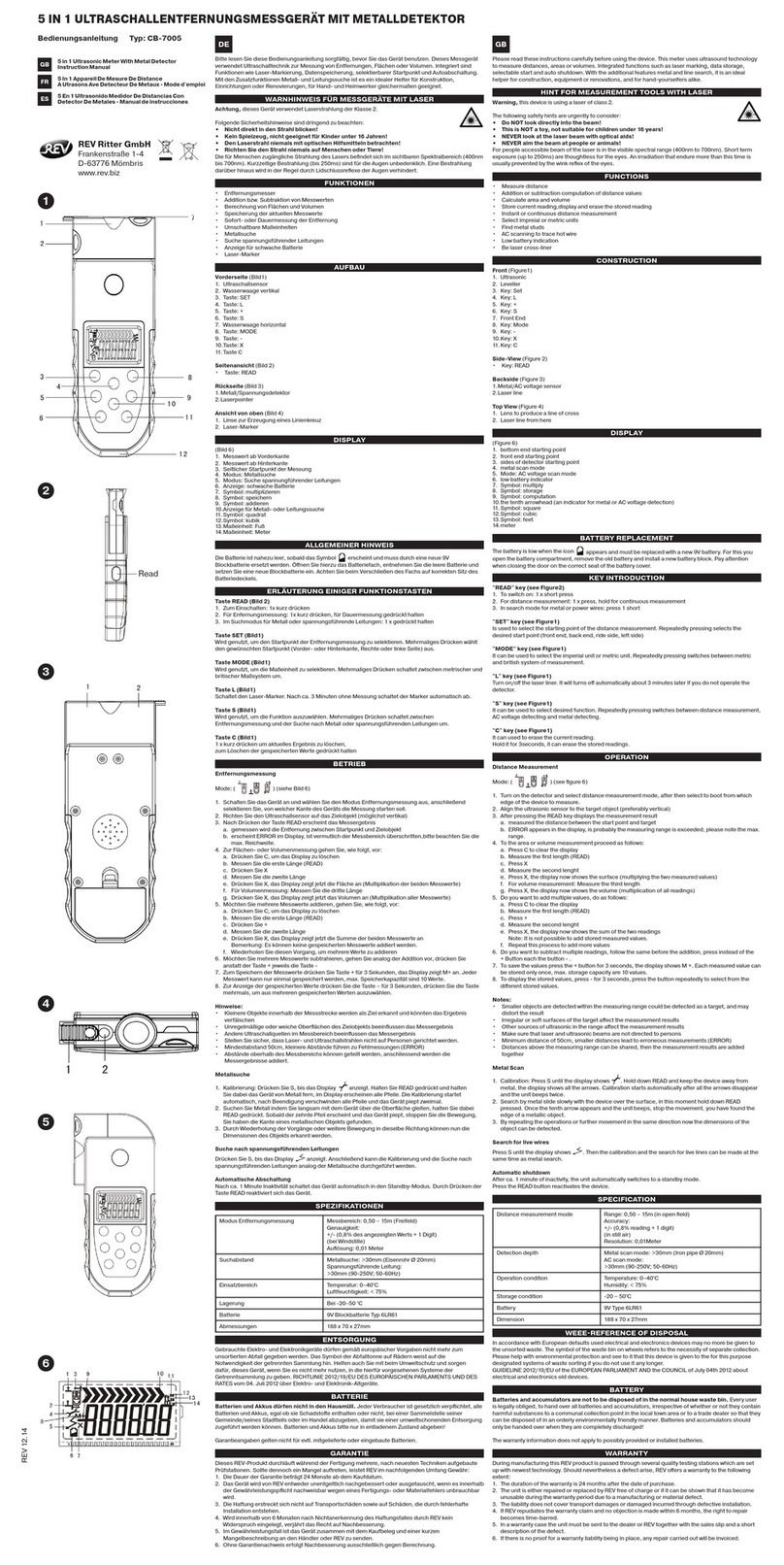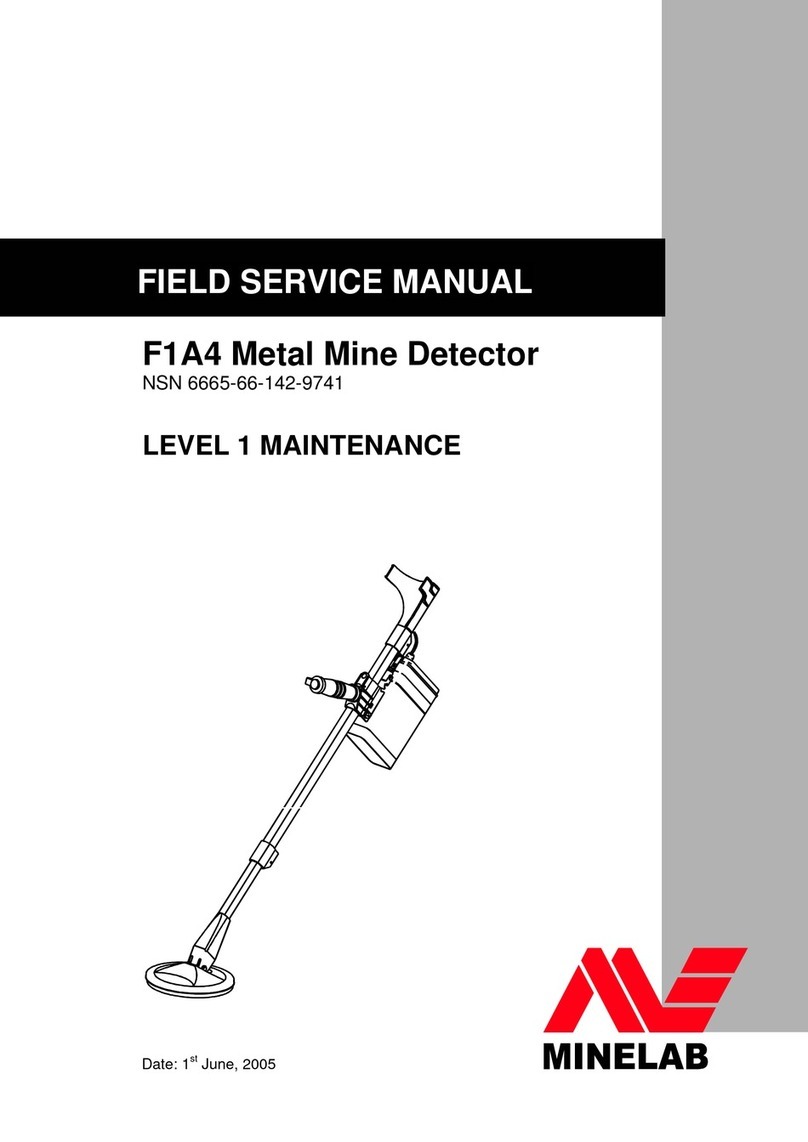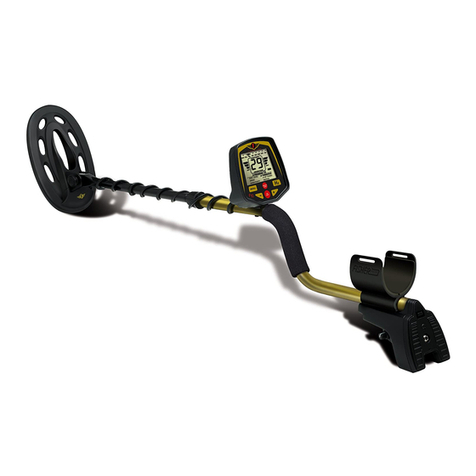
Page 1-2
Spectra VX
3
User’s Guide
pace. There is no need to master all the features to get excellent
performance.
If you need help, White's Electronics is a phone call or
mouse click away. Your dealer is an excellent resource, and the
White’s web site has a VX3help forum for questions & answers,
tips, and sharing programs. Go to www.whiteselectronics.com
and click on the Forum link. There are also many other on-line
forums for metal detecting where you can chat with other
White’s users and ask questions. Finally, look for a detecting
club in your area. Members are often eager to help people get
started, and there is nothing like having that help close by in the
field.
Conventions
In discussing the features of VX3, we will use Arial-Bold-
Caps to distinguish keypad buttons and menu selections. For
example, “press ENTER” means to press the “Enter” key on the
keypad, and “select Enable” might mean to select the “Enable”
menu option, probably by using the arrow keys to highlight it
and then pressing ENTER. VX3keys and menus work just like a
modern computer graphical interface, so things are fairly intui-
tive.
In some cases, you need to use multiple key combinations,
or combinations with the trigger switch. “Press MENU, ENTER”
means to press and release the MENU button, then press and
release the ENTER button. But “press MENU+ENTER” means to
press and hold the MENU button, and while holding it down
press the ENTER button. Order often matters, so MENU+ENTER
is not the same as ENTER+MENU. If you find that you have acci-
dentally pressed the wrong key or key combo, pulling the trig-
ger switch will usually back you out.
Tip: Keypad buttons usually take you into menus, trig-
ger gets you out.
